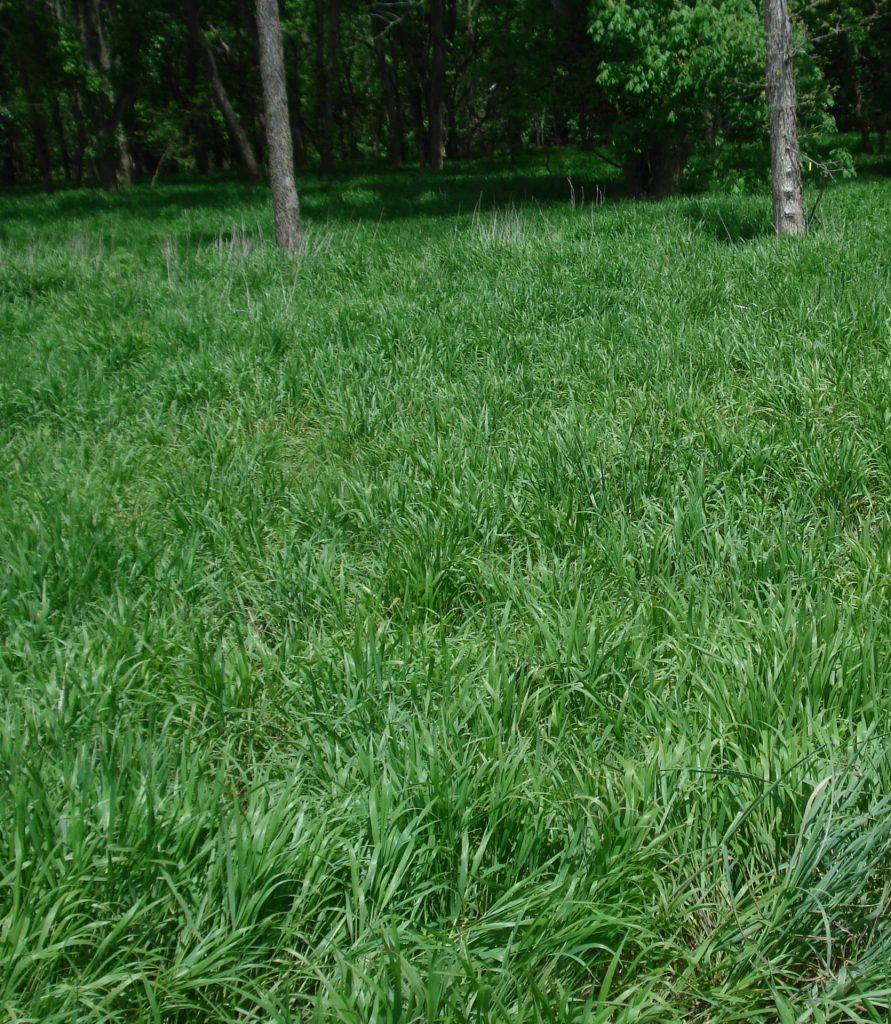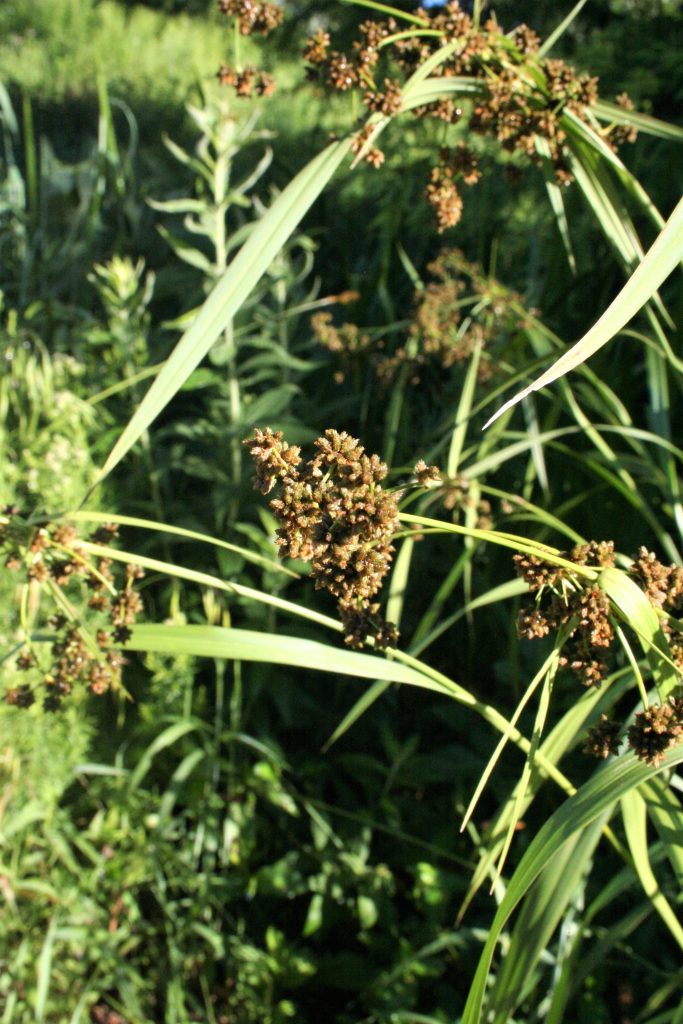
The Benefits of Grass Diversity

Why is it that when we think of native grasses we only think of the warm season grasses like Big Bluestem, Switchgrass, Eastern Gama Grass, and Indiangrass? There is a rich diversity of native grasses beyond these basic grasses, and including a diversity of grasses has huge benefits, especially when species from different functional diversity groups (i.e. native warm season grasses, native cool season grasses) are included. A diversity of grasses is better for wildlife, soil health, and even forage production.
Grass Diversity is Good for Soil Health
A very important principal of soil health is diversity. A diversity of plants begets a healthy and diverse assemblage of soil life; these little critters make the glue that holds the soil together, are the recycling center that converts dead plants into nutrients for other plants to use, and an important mediator in the creation of soil organic matter which makes for rich and productive soils that store carbon dioxide. The addition of one grass to the mix is beneficial to soil health, but the inclusion of multiple grasses is even better because each grass species has its own unique suite of microbes associated with it. A second principle of soil health is to have a green, growing plant all year long because the roots of these plants then provide a year-round food source for the microbes. If, say, Big Bluestem is the only grass in a planting, green grass is confined to only the warm, summer months. However, the addition of a cool season grass means that there is green grass, and consequently operational roots and happy microbes nearly year-round. And why stop at two species? Each grass species is unique in its growth period; repeatedly we see a certain grass, and think, “Wow, look at the green growth on that beauty,” but in a different year or a different landscape position a different species will catch our eye. At these times, we remind ourselves that no species is the total package, diversity is the answer.
Grass Diversity Benefits Wildlife Habitat
Surely wildlife doesn’t care about grass diversity, does it? We think so. Some grasses produce a nice, meaty seed for birds to eat while others don’t. Some are a larval food of certain butterflies or other insects while others don’t serve this function. Some grasses stand straight and tall, which provides verticality and protection from aerial predators (what raptor wants to risk its eyes or wings near a spiky Wild Rye plant?). Meanwhile others have a softer texture and their leaves fountain over, which creates an excellent hiding spot (who wouldn’t want to hide under the umbrella of a Prairie Dropseed?). Because each grass is unique in its contribution to wildlife habitat, a diversity of grasses will yield a higher diversity of wildlife. Grass diversity also creates a stronger, more stable habitat.
Grass Diversity Benefits Forage Production & Adds Resiliancy
Other Benefits If forage production is a consideration, grass diversity will even out production between years. Let’s take our favorite grass plant – maybe Eastern Gama Grass. A certain set of environmental conditions and management will really cause this grass to produce some years. However other conditions result in less stellar performance. Each grass has its unique list of perfect growing conditions, and what is good for one may not be best for the next. Diversifying the grass species, in effect, stabilizes the forage production in drought years and wet years and hot years and cold years and even the average years. An additional advantage of diversity is the increased forage production as compared to a monoculture. Because each grass is unique, diversity lengthens the season of growth (especially when native warm and native cool seasons are both included), results in more efficient root architecture (shallow rooted plants next door to deep rooted plants), and diversity is better able to respond to disturbances such as drought. The sum of all the grasses together is greater than the single best species.






























